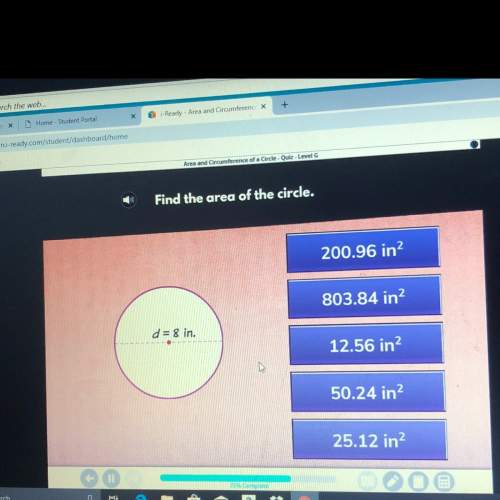
Mathematics, 24.09.2019 04:00, xxsyd21
(merging of independent pps). let (n1(t))t≥0 and (n2(t))t≥0 be the counting processes of two independent pps of rates λ1 and λ2, respectively. define a new counting process (n(t))t≥0 by n(t) = n1(t)+ n2(t). (7) in this exercise, we show that (n(t))t≥0 ∼ pp(pλ). (i) let τ (1) k , τ (2) k , and τk be the kth inter-arrival times of the counting processes (n1(t))t≥0, (n2(t))t≥0, and (n(t))t≥0. show that τ1 = min(τ (1) 1 ,τ (2) 1 ). conclude that τ1 ∼ exp(λ1 +λ2).

Answers: 2
Other questions on the subject: Mathematics



Do you know the correct answer?
(merging of independent pps). let (n1(t))t≥0 and (n2(t))t≥0 be the counting processes of two indepen...
Questions in other subjects:






Mathematics, 10.03.2020 17:36


Mathematics, 10.03.2020 17:36









